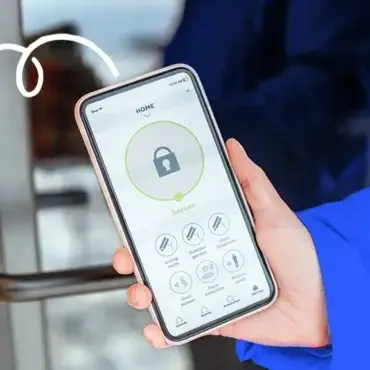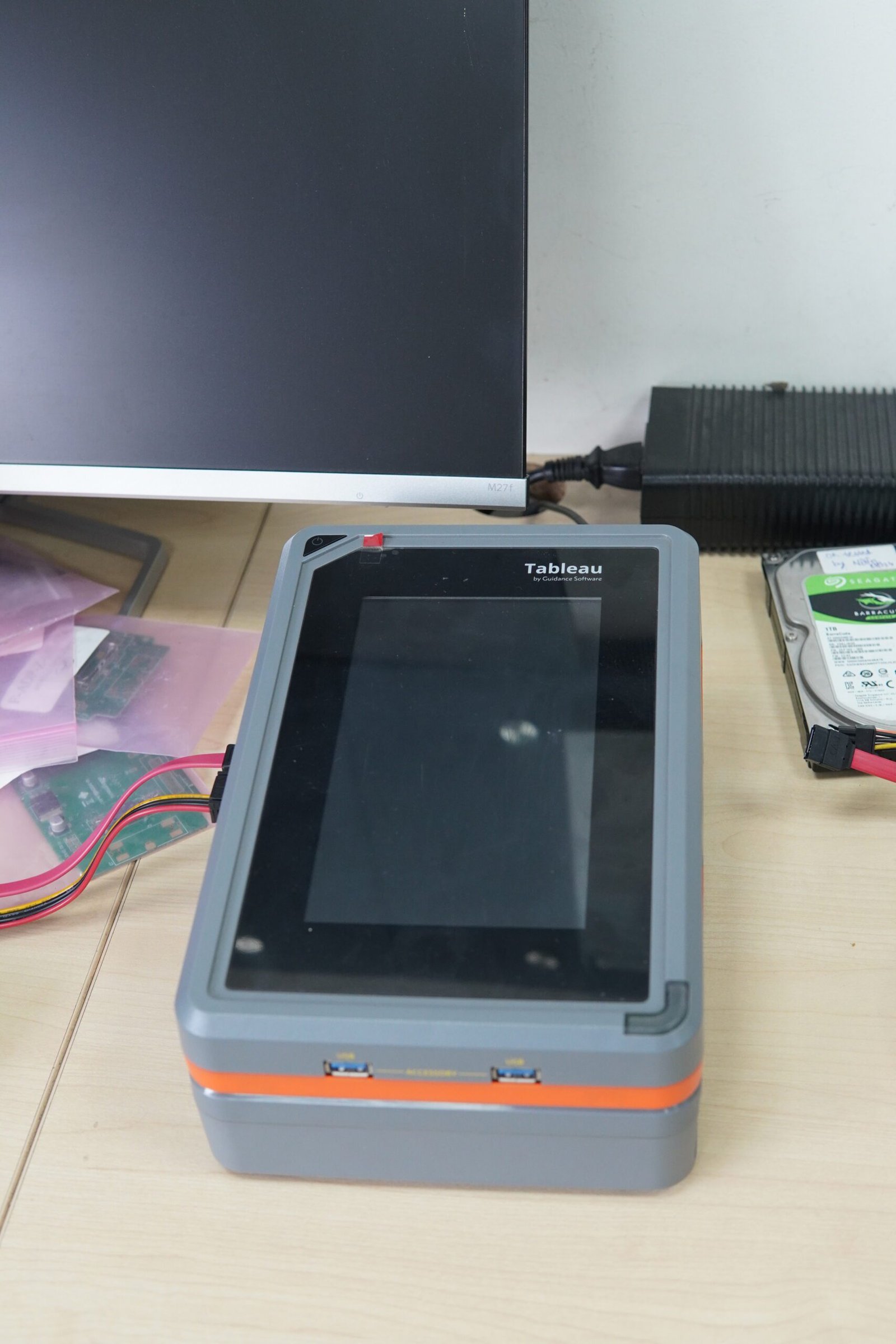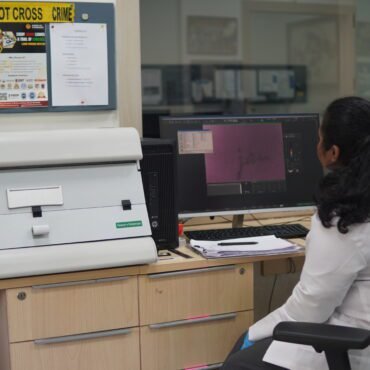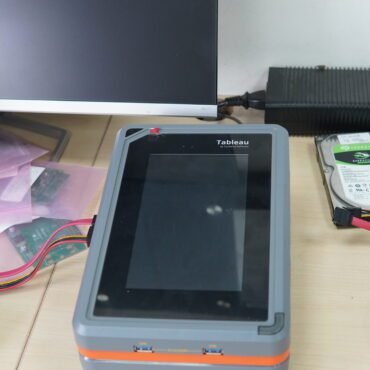Forensic Imager TX1: Comprehensive Guide
In the digital forensic world, accurate and reliable acquisition of data is the foundation of any investigation. Forensic imagers play a crucial role in this process by creating exact, verifiable copies of digital media. Among the latest advancements in this domain is the Forensic Imager TX1 from Tableau (a Guidance Software/Opentext product). This blog provides a complete overview of imaging, cloning, and copying, the evolution of forensic imagers, and why the TX1 stands out as a leading solution.
Understanding Imaging, Cloning, and Copying
-
Imaging: In forensics, imaging refers to creating a bit-by-bit replica of a storage device. Unlike simple file copying, imaging captures every sector, including deleted data, hidden partitions, and unallocated space.
-
Cloning: Cloning produces an exact, usable copy of one drive onto another drive of equal or greater size. The cloned drive can often serve as a working copy.
-
Copying: Copying involves transferring accessible files from one location to another. This method is fast but insufficient in forensic contexts because it doesn’t preserve hidden or deleted information.
Forensic imagers like the TX1 automate and secure the imaging and cloning process while ensuring data integrity through hashing (MD5, SHA-1, SHA-256).
History of Forensic Imagers
The first generation of forensic imagers appeared in the late 1990s and early 2000s. Investigators previously relied on software-based tools, but these posed risks of data alteration and were often slow.
Key milestones:
-
TD1 and TD2 (Tableau Digital Imagers): Early hardware imagers that provided stable, write-blocked acquisition.
-
TD3 (Tableau Digital Imager 3): Improved interface, touch-screen, and multiple source-destination support.
-
TX1 (Tableau Forensic Imager): Represents a leap forward with faster speeds, broader compatibility, and advanced management features.
What is TX1?
The Tableau Forensic Imager TX1 is a next-generation hardware imager designed for high-speed, reliable acquisition of digital evidence. It supports multiple storage technologies and ensures forensic soundness through write-blocking and robust hashing.
TX1 is widely used by law enforcement, government agencies, corporate investigators, and forensic experts worldwide.
Key Features of TX1
-
High Performance – Up to 540 MB/s imaging speed, drastically reducing acquisition time.
-
Multi-Device Support – Handles SATA, IDE, SAS, USB 3.0, PCIe, and NVMe devices.
-
Parallel Imaging – Ability to image multiple source drives simultaneously to multiple destinations.
-
Advanced User Interface – Large color touchscreen with intuitive navigation.
-
Secure Write-Blocking – Ensures source drives remain unaltered during imaging.
-
Flexible Output – Supports formats like E01, EX01, raw (dd), and compressed formats.
-
Network & Remote Management – Allows imaging over a network and remote monitoring.
-
Hashing & Verification – Automatic hash calculation (MD5, SHA-1, SHA-256) during and after imaging.
Why Choose TX1?
-
Efficiency: Faster speeds reduce investigation turnaround time.
-
Versatility: Broad support for legacy and modern devices ensures adaptability.
-
Reliability: Built with industry standards for forensic soundness.
-
Scalability: Ideal for small labs, field investigations, and large-scale forensic units.
-
Ease of Use: Touchscreen and simplified workflows lower the learning curve.
Technical Specifications
-
Imaging Speed: Up to 540 MB/s
-
Supported Interfaces: SATA, SAS, IDE, USB 3.0, PCIe, NVMe
-
Hashing Algorithms: MD5, SHA-1, SHA-256
-
Output Formats: Raw (dd), E01/EX01, compressed
-
Display: Large color LCD touchscreen
-
Network Support: 10Gb Ethernet connectivity
-
Destinations: Multiple simultaneous destinations, including drives and network shares
Product Evolution & Comparison
TX1 vs. TD3 vs. TD2u
| Feature |
TD2u |
TD3 |
TX1 (Latest) |
| Speed |
~90 MB/s |
~200 MB/s |
~540 MB/s |
| Interface Support |
SATA, IDE |
SATA, SAS, USB |
SATA, SAS, IDE, USB, NVMe, PCIe |
| Display |
Small screen |
Touchscreen |
Large touchscreen |
| Parallel Imaging |
Limited |
Moderate |
Extensive (multi-drive) |
| Network Support |
Basic |
Improved |
Advanced (10Gb Ethernet) |
| Flexibility |
Low |
Medium |
High |
TX1 is clearly the most advanced option, designed to address modern challenges in digital forensics.
Why Hardware Forensic Imagers are Essential
-
Forensic Soundness – Guarantees that data is acquired without alteration.
-
Write-Blocking – Prevents accidental or intentional changes to source media.
-
Speed and Efficiency – Hardware imagers work faster and more reliably than software-only solutions.
-
Compatibility – Support for multiple storage technologies ensures investigators can handle legacy and cutting-edge devices.
-
Legal Admissibility – Courts often prefer evidence acquired through industry-standard hardware imagers.
Conclusion
The Forensic Imager TX1 sets a new benchmark in digital evidence acquisition. With unmatched speed, versatility, and reliability, it has become the preferred choice for forensic professionals worldwide. As technology evolves and data storage diversifies, tools like the TX1 ensure investigators can keep pace while maintaining forensic integrity.
Whether you are part of a law enforcement agency, corporate investigation team, or forensic laboratory, adopting hardware imagers like the TX1 is not just a convenience—it is a necessity for credible, defensible digital forensic practice.





Post comments (2)